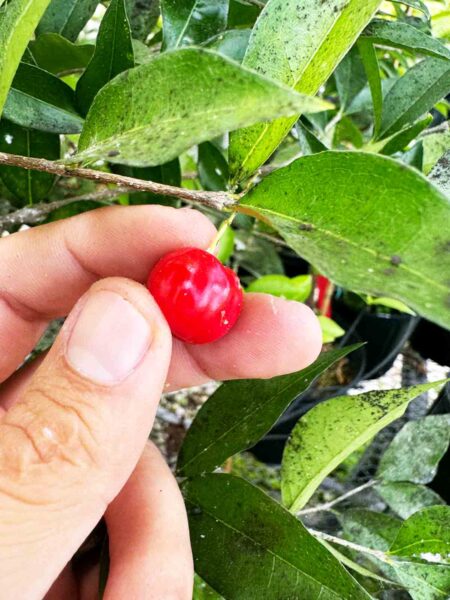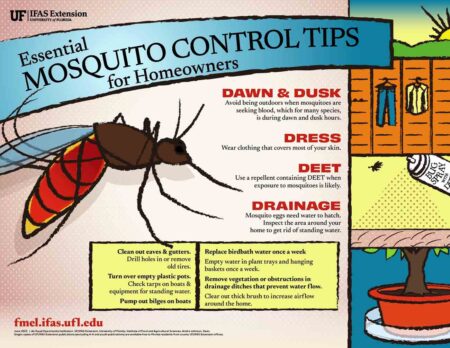The first line of defense in controlling dollarweed, also referred to as pennywort, is to take control of your irrigation system. You’ll find it difficult or impossible to control dollarweed in naturally wet areas or where irrigation occurs frequently.
NICEVILLE, Fla — The first line of defense in controlling dollarweed, also referred to as pennywort, is to take control of your irrigation system. You’ll find it difficult or impossible to control dollarweed in naturally wet areas or where irrigation occurs frequently.
Dollarweed grows low to the ground and resembles a small lily pad with one round leaf per leaf stem. The leaf stem originates in the center of the round leaf, similar to an umbrella. The leaves are about a silver dollar in size, hence the name dollarweed.
This native broadleaf plant thrives in areas with excess water. As a matter of fact, it can be considered an aquatic plant, as it will grow in standing water in ponds and lakes. But it also will grow as a terrestrial plant and can be found growing in the deep sand of sand dunes along the coast. So it is quite adaptable, including having excellent tolerance of salt spray and brackish water. But in lawns, it prefers and does its best in areas that stay overly wet.
Lawns should be watered on an as needed basis. An irrigation system is a tool to supplement rainfall, not to water in addition to adequate rainfall.
University of Florida research demonstrated reduction in dollarweed numbers simply by reducing the frequency of irrigation. In plots which were initially heavily planted to dollarweed, weekly irrigation greatly reduced dollarweed infestation to 6% dollarweed canopy as compared to daily irrigation with a 30% dollarweed canopy during a three-year study.
Chemical control of dollarweed is best achieved during spring and fall while temperatures are mild and while this plant is actively growing. One herbicide application usually will not eliminate this weed.
Always read and follow the product’s label directions and precautions when using any pesticide, including herbicides.
It is a must to not irrigate too often in order to win the battle with this weed.
For additional recommendations on controlling dollarweed, including recommended lawn herbicides, contact the UF/IFAS Extension Office in your County or below are two links to UF/IFAS Extension publications – one on dollarweed and one on how to water a Florida lawn.
http://edis.ifas.ufl.edu/ep389, https://edis.ifas.ufl.edu/lh025
Larry Williams is the Extension horticulture agent with the Okaloosa County Cooperative Extension Service, University of Florida. Contact Larry at 689-5850 or email lwilliams@myokaloosa.com.







